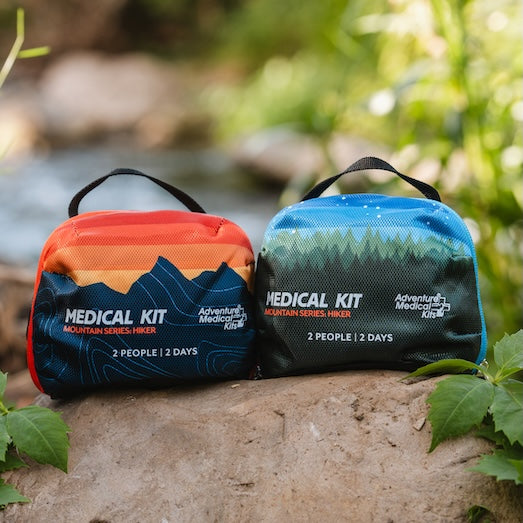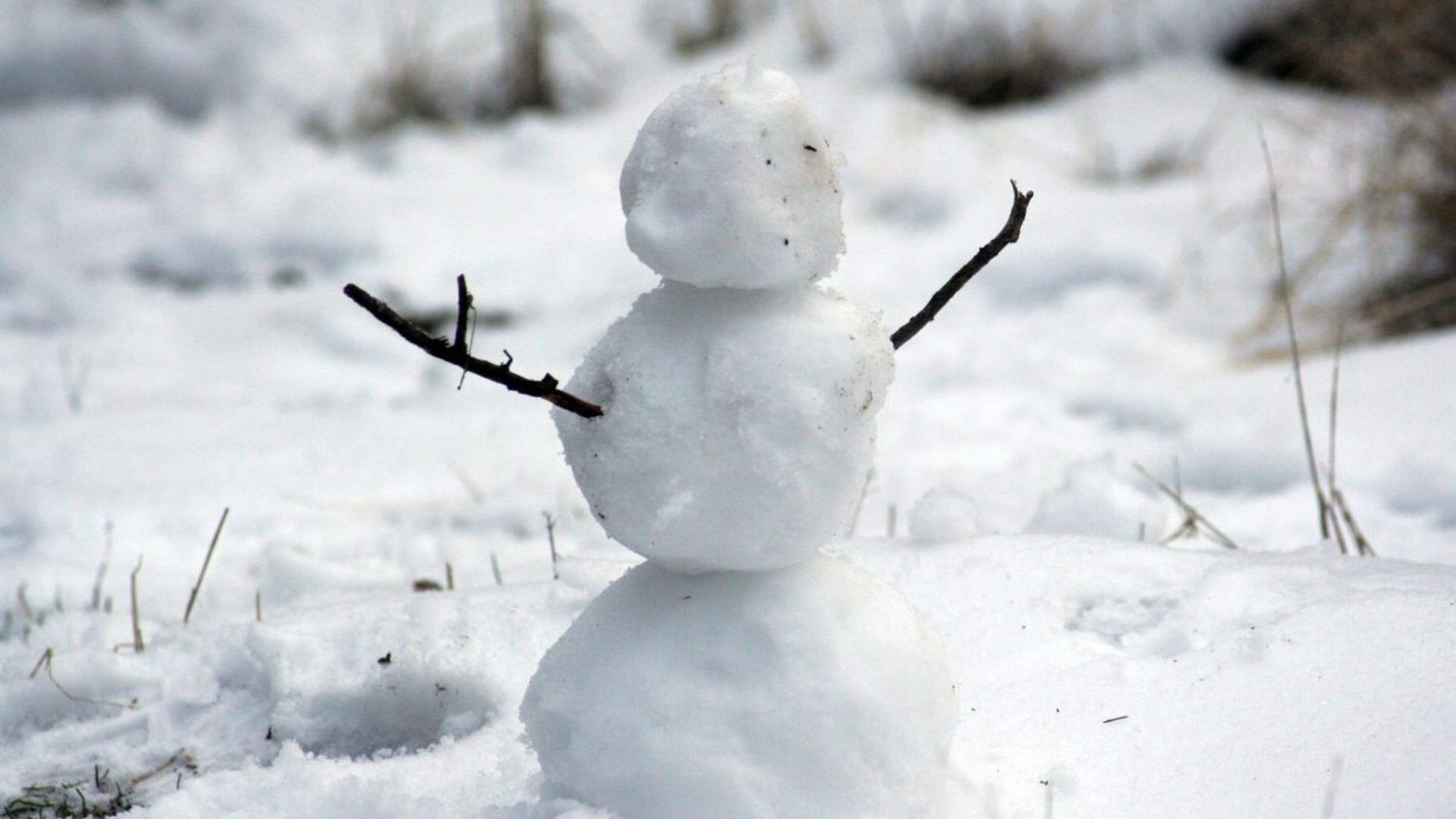Rescue mission for a lost snowboarder: a bitter-cold, raging midnight storm high above timberline. That was the scene of my first search and rescue call to Oregon’s Mount Hood as a young doctor. After another team located the snowboarder, I scurried from the tempestuous black night to the ski patrol room, where I examined a shivering, huddling young man. He clutched a blanket draped over soaked ski clothes, and held a steaming cup of hot chocolate, too scalding to drink. Fortunately, the snowboarder had been found. But from across the room I could see he suffered from hypothermia and dehydration.
RECOGNIZING THE SYMPTOMS
Hypothermia is a cooling of the body’s core temperature. Every year 600 people in the U.S. die from hypothermia, according to the Centers for Disease Control and Prevention. Mild hypothermia begins with shivering and progresses to lethargy. Moderate hypothermia is dangerous: one has slurred speech, poor concentration, and a staggered gait. Severe hypothermia is a critical condition: the heart, lungs and other organs start to shut down, and extreme mental status changes occur such as the inability to talk coherently, walk properly, or even process thoughts. Bizarre behavior like paradoxical undressing – when a person discards articles of clothing, even though doing so hinders their chances for survival – can occur when the brain gets confused. A well-known example of this condition involved the CNET reporter James Kim. After being stranded for several days with his family in a remote forested area of southwestern Oregon, Kim set off on his own to find help. He was later found in the snow, having succumbed to hypothermia. Media reports said he had removed several pieces of clothing, including his pants. Paradoxical Undressing not only speeds death but it can also put an entire group at risk, because the person suffering from it will inevitably require more attention and resources – at a time when both may be in short supply. Death by hypothermia doesn’t occur instantly, but it does occur rapidly. And often it is the hypothermic person’s partner who notices a problem first.
IMPROVING YOUR CHANCES OF SURVIVAL
Exemplified by snow burial studies, we know that with today’s fleece and nylon-laminate clothing and a well-built emergency shelter, a person can spend an unexpected night in the winter mountain wilderness, even in below freezing temperatures. But beyond one night without proper clothing, food, water and shelter, your odds of survival plummet even if the thermometer doesn’t. And once you get hypothermic, the basic tasks of survival become difficult to complete.
Before you head into the wilds, always make sure you have enough food, water and clothing for an unexpected night out. And carry the tools to build an emergency shelter such as a shovel to dig a snow cave and a space blanket like the SOL Emergency Blanket to act as a covering.
TREATING HYPOTHERMIA
If you do notice even mild hypothermia – you are more likely to see it in your partner—treat it immediately. Change into dry clothing and put on all extra layers. Insulate yourself from the ground. Chemical heat packs do help, if you place them on your torso. Drink lukewarm fluids and eat a snack: calories and fluids are important to generate internal heat, no matter if they are hot or cold. Seek shelter right away and try to keep active. If you can, build a fire. Make sure you pack a survival kit, with a reliable fire starter and signaling mirror for alerting rescue craft. Above all, get help and evacuate from the backcountry as soon as you can.
Also, watch for coexisting frostbite – when your skin actually freezes – which usually occurs on the face, nose, fingers and toes. To prevent frostbite, make sure that all exposed skin is covered and you have proper boots, socks, gloves and a hat. Frostbite is treated by immediate evacuation then rapid re-warming, usually with 40-degree water or fluids. But be extra cautious if you re-warm an extremity in the backcountry to make doubly sure it doesn’t refreeze, which can cause worse damage than walking out with a frozen finger or toe.
To treat the snowboarder in the ski patrol room, I had his friends help him change in to dry clothes then covered him with dry blankets. And I gave him two large cups of lukewarm hot chocolate, which he guzzled down with gusto and perked up. I checked him for frostbite and we fed him whatever snacks we could find. He finally warmed up and we sent him down the mountain.














